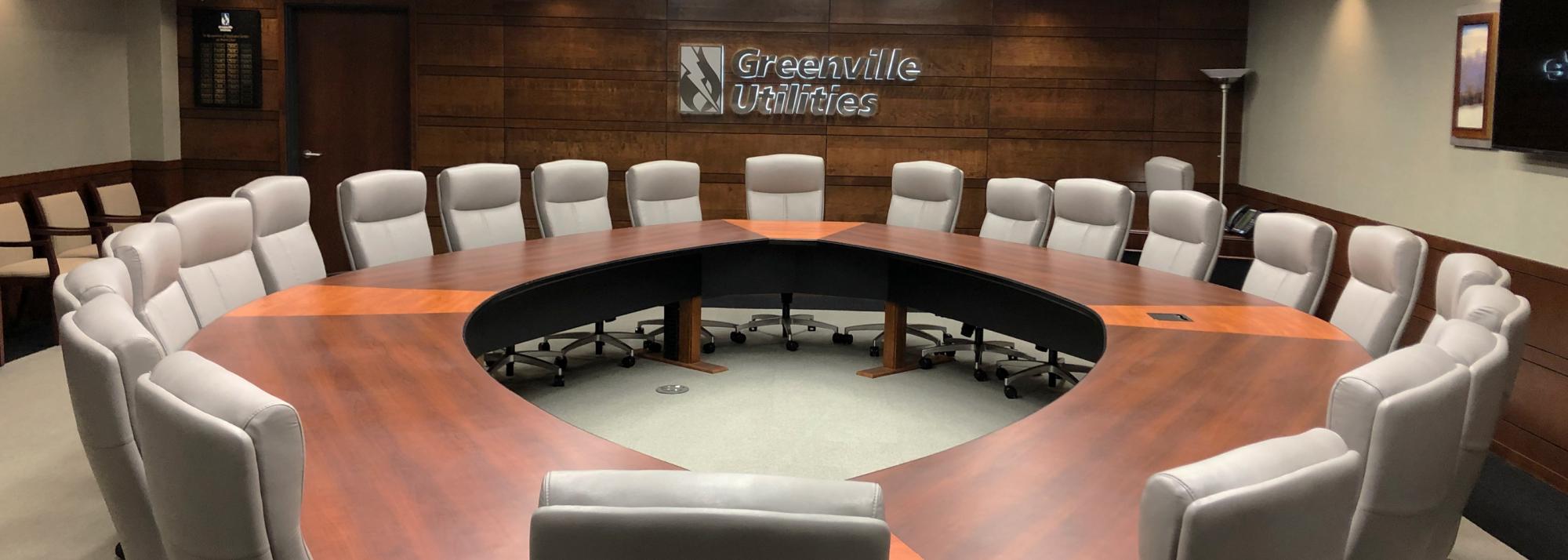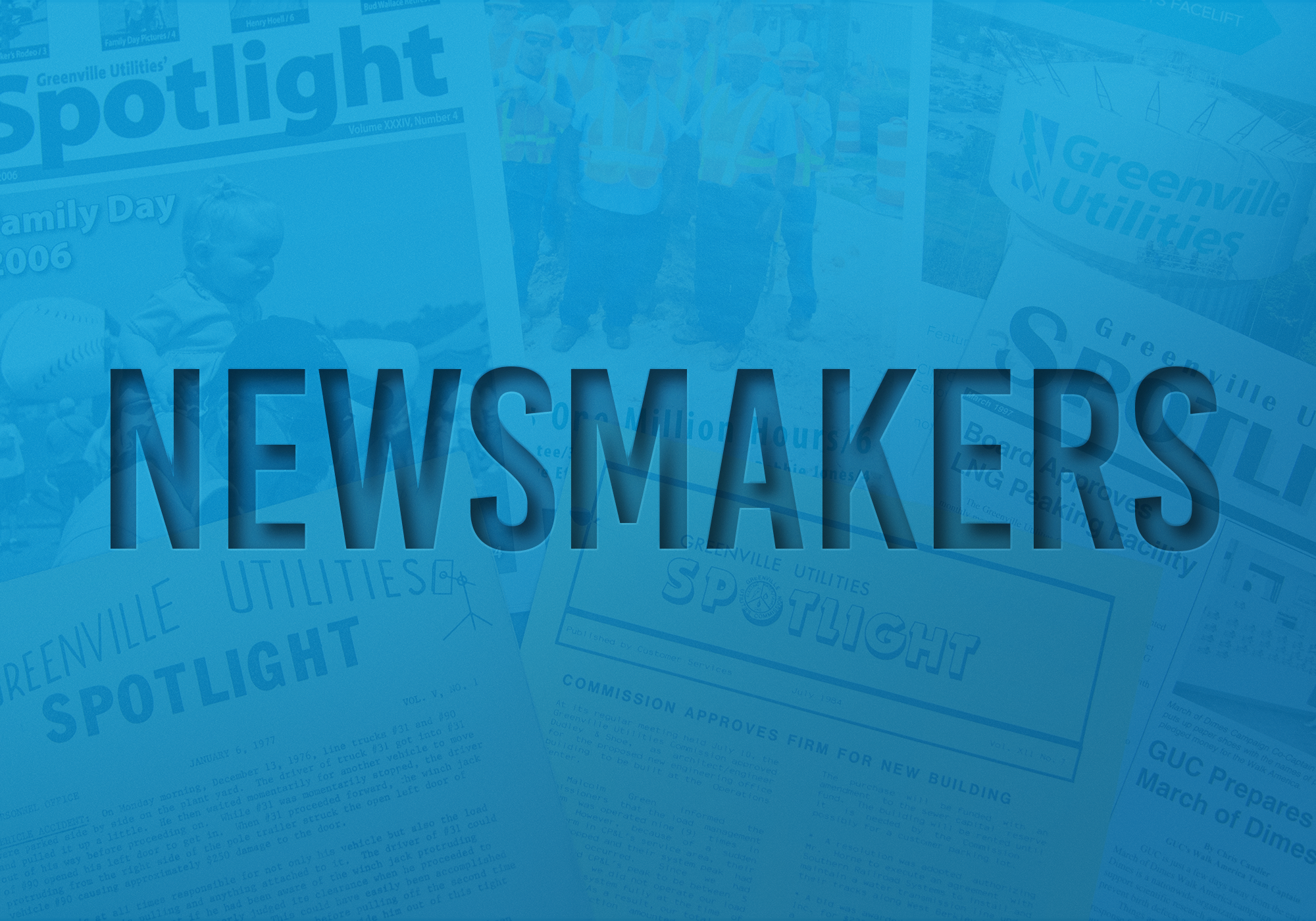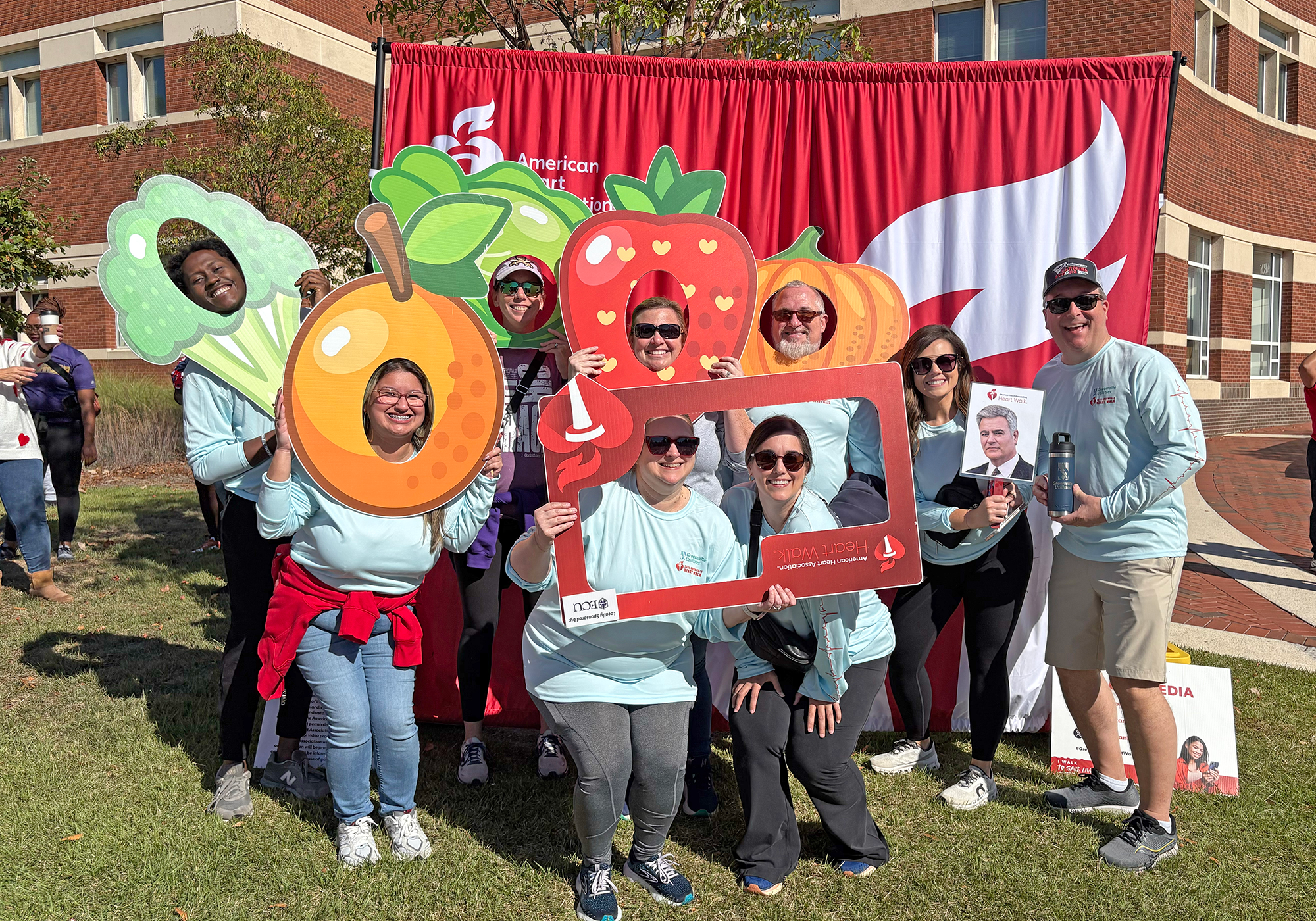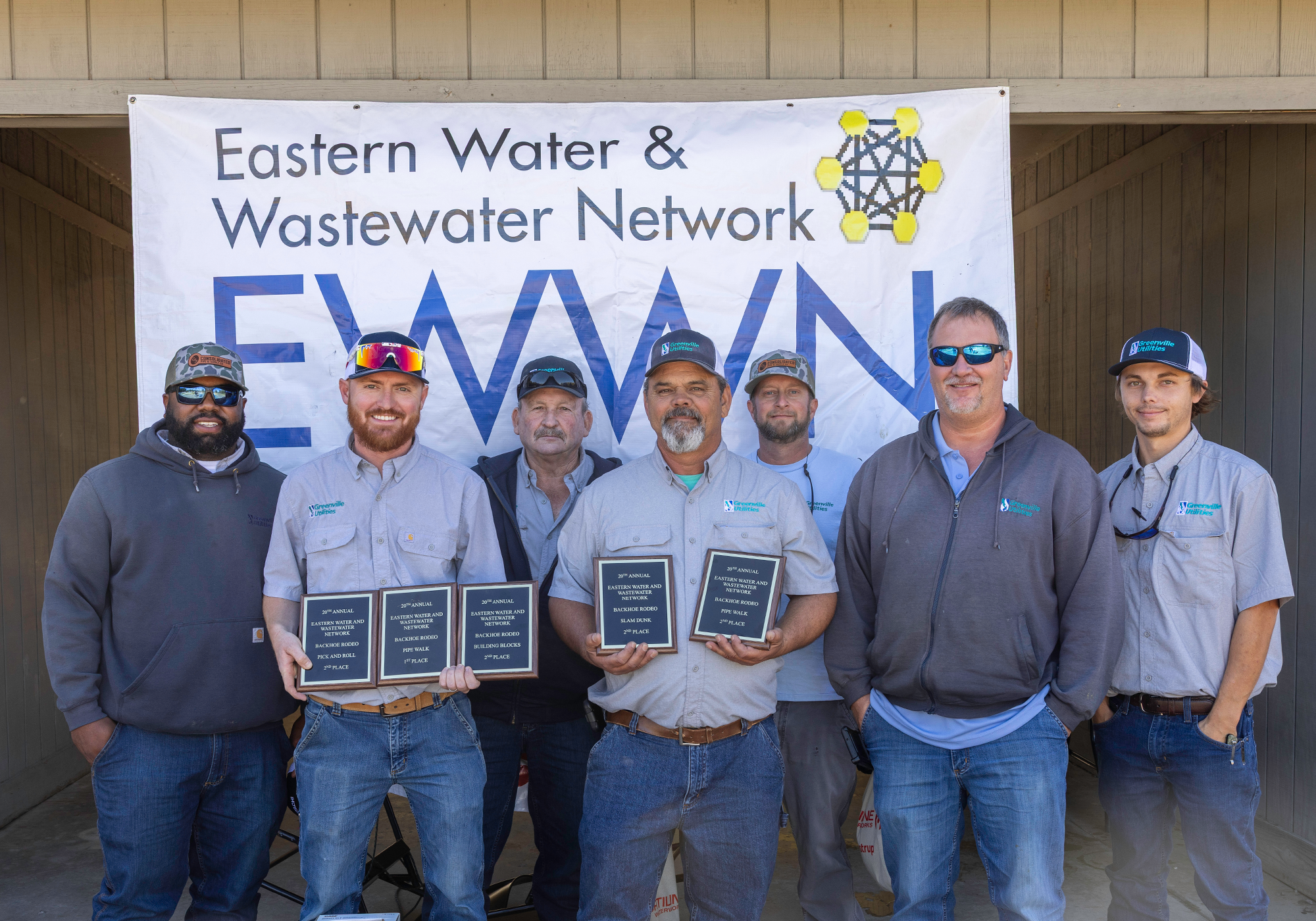
A few years ago, it was recognized that a large and growing portion of our workforce was eligible to retire. In fact, between now and 2023, 33% of GUC’s employees will be eligible. It was also recognized that the applicant pools GUC was getting for open positions lacked the diversity that we sought. With these two challenges in mind, the General Manager’s Office and Human Resources Department (HR) engaged with the Office of Equity and Diversity at East Carolina University (ECU) in 2015 to help us ensure we had a solid diversity recruitment plan.
The Office of Equity and Diversity first took a look at what we were already doing to attract diverse applicants. They ranked our outreach efforts as good, and offered suggestions on how we could do even better. We’ve been implementing their ideas ever since. One idea was to present an annual diversity report to the Board, which was most recently done in August. This report includes successes, challenges, and the efforts we’re taking to ensure we have a diverse applicant pool as openings become available.
“We were already doing some good things in this area,” said HR Director Richie Shreves, “and ECU gave us additional measures to consider. Our plan is two-fold: get exposure to more diverse populations and help ensure that people are viewing diversity in the right way.”
Our Training Office has taught us these past few years that diversity refers to the similarities and differences that people have, and is not just about gender and race, but also includes age, religion, culture, etc. All employees are required to attend workshops designed to enhance our cultural, ethnic, social, generational, and political awareness knowledge, and to enhance communication by appreciating differences among our co-workers and others.
2020 Diversity Report
For the purposes of the annual diversity report presented to our Board of Commissioners each year, HR focuses on race and gender. Here are the highlights from their report to the Board in August.
GUC’s main areas of focus for 2019-2020 fiscal year were:
- Building diverse pipelines to attract under-represented talent
- Enhancing diversity awareness
- Assessing diversity recruitment efforts
Build Diverse Pipelines
HR has expanded GUC’s partnerships with schools and colleges on career and STEM events, classroom visits, and GUC tours. They have also partnered with schools to do GUC-hosted career fairs called “Careers in Your Own Backyard.” Approximately 100 employees assisted HR with a variety of outreach career events in 2019/2020 (excluding March-June 2020 due to the COVID-19 pandemic). A day was planned in the spring of 2020 to host 50 teachers to better acquaint them with GUC, our operations, and our career offerings, but this was postponed due to the pandemic.
In 2017, GUC formed a partnership with Pitt Community College (PCC) and Pitt County Schools for Pre-apprentice and Apprentice positions for students enrolled in the Apprenticeship Pitt County program. This year, our first Pre-apprentice (who was promoted to Apprentice in 2018) graduated from PCC with a degree in Industrial Systems Technology.
In addition, GUC’s first internal skills training program, iGrow, graduated nine employees who were educated and certified by the State of NC for future water and wastewater careers. HR also sponsors diversity ads and events, announces vacancies with groups for women and racial minority groups, and joins programs like STEM East and TRADESFORMERS (we’ll cover this program in an upcoming edition of Spotlight).
Enhance Diversity Awareness
As mentioned earlier, all GUC employees participated in “Appreciating Workplace Differences” workshops over the past few years, and now all new hires also receive this training. In addition, GUC continues to require implicit (or unconscious) bias training for hiring panels and continues to include “Generational Differences and Diversity” training as part of the curriculum for our internal leadership program, iLead.
Assess Recruitment Efforts
HR does an annual analysis to evaluate the demographics of GUC’s workforce. And, with GUC’s applicant tracking system, Taleo, HR is also able to evaluate the demographics of applicants by position, requisition, department, and recruiting sources. One example they shared with the Board is that out of 30 new hires this past year, 43% were either female or minority. Another example shared is that 20% of our first group of iGrow graduates represented minority populations.
“I’m proud of our HR staff for consistently exploring new avenues to bring in diverse talent,” said Richie. “I’m also proud of our employees for taking time to assist with outreach and making each event fun and memorable for participants. The HR staff could not do all of the outreach without these volunteers.”









